In a previous post, we discussed Liquidation Inventory and how it can be used to build a successful e-commerce business. In addition to this, we also went through several expert-recommended tips, as well as the different factors to take into consideration when evaluating such products.
If you’ve read that article, then you’re probably already aware of the incredible value that Liquidation Inventory brings to the table. Chances are, you’re tempted by the promise of huge returns and are thinking about launching your own digital storefront, filling it with items that have either been liquidated by retailers or returned by customers.
However, dealing with Liquidation Inventory requires a ton of research – the platforms that you’ll be taking advantage of and how their payment schemes work are all things that you should already know even before making your first purchase. Keep in mind that going about this haphazardly or by using trial-and-error will land you nowhere, with an unsuccessful online store and unnecessary expenses.

Where to Purchase Liquidation Inventory
1. Direct Liquidation
For those of you who want to avail of products that North America’s largest retailers have either overstocked or pulled from their shelves, then Direct Liquidation will be your best bet. This is an online, auction-based marketplace that provides Liquidation Inventory from over a hundred different categories to e-commerce sellers everywhere.
On Direct Liquidation, each “lot” comes with a downloadable manifest, which contains important details, like the product’s condition, serial number (if any), and suggested retail price. While an auction model is followed, you can also opt to avail of the “Buy Now” special price or the “Make an Offer” option, both of which allow online sellers to avoid getting into a bidding war with other interested buyers.
Pros of Direct Liquidation
Refurbished items are given a 90-day warranty from the date of pickup
Option to either buy now or make an offer
Shipping can be provided by the site or arranged by the customer
Search according to keywords, categories, item’s condition, etc.
Cons of Direct Liquidation
Product returns are only accepted in limited circumstances
2. BULQ
Arguably one of the largest and most popular providers of Liquidation Inventory, BULQ has direct partnerships with many of the top retailers in the United States. This means that they usually get first dibs on everything, whether it be overstocked products or customer returns.
Unlike Direct Liquidation, BULQ makes use of both an auction-based model and a fixed-price system. Because of this, there are items on the site that can be purchased for a flat, non-negotiable fee while others are bid upon during 48-hour auctions. For some online sellers, this sort of marketplace can be enticing since they can purchase one-of-a-kind items that are most probably not carried by any other platform. However, there will also be those who may perceive it as unfair.
Pros of BULQ
New inventory is listed three times a day
Flat shipping rate of US$200 per pallet and $30 per case
Direct partnerships with the country’s top retailers
Capable of shipping to anywhere in the contiguous United States
Launches investigations if the difference between the manifest and the items received is more than 2%
Cons of BULQ
Maximum daily spend of US$10,000
Returns and exchanges are not accepted
Buyers will arrange their own shipping for full truckloads
Requires resale certificates from customers
3. BlueLots
Another massive marketplace for Liquidation Inventory, BlueLots prides itself on partnering with some of the most well-known brands and e-commerce retailers in the United States. Their primary focus is excess inventory, although the occasional customer return or refurbished item can also be found on their website. They also make use of only the fixed-price system, making them the ideal platform for those who hate bidding and waiting on auctions to start.
Rather than mark-up the items that they offer, BlueLots charges their partner retailers instead. Thanks to this business model, they’re known to be one of the most affordable platforms for Liquidation Inventory, which is why a lot of online sellers prefer them over everything else.
Pros of BlueLots
No mark-ups on their available liquidated products
New inventory is listed twice a day
Flat shipping rate of US$200 per pallet and US$40 per case
Capable of shipping to anywhere in the contiguous United States
Cons of BlueLots
Buyers are not permitted to arrange their own shipping
Those operating out of California must provide a resale certificate
4. Gem Wholesale
For online sellers in the United Kingdom, Gem Wholesale is undoubtedly the top platform for purchasing Liquidation Inventory. They’ve been in the business for more than four decades, reselling products that have been returned by customers or were placed on clearance by retailers yet still remained unsold.
It’s important to note, though, that they only sell their goods either in mixed pallets or in parcel lots. However, each one carries a fixed price, as well as a grade to indicate the quality and condition of the items found inside. The company also has two large warehouses in North Wales, which allows them to offer next-day delivery to buyers who can’t wait to update their digital storefronts.
Pros of Gem Wholesale
New inventory is listed once daily
Very detailed manifest
Buyers can place their orders without registering
Flat shipping rate of £40 per pallet in England and Wales
Next-day delivery for a flat shipping rate of £55
Cons of Gem Wholesale
Costly shipping rates for buyers outside of Europe
Goods have to be purchased either by the pallet or by parcel lots
5. B-Stock
Largely considered to be the world’s biggest auction-based marketplace for Liquidation Inventory, B-Stock runs its auction websites in the United States, Canada, Europe, and Asia. Their widespread operations mean that buyers have direct access to retailers and manufacturers from these continents, allowing them a wide variety of products to choose from.
Many well-known companies use this platform to unload their excess inventory or customer returns, including Amazon, Costco, Walmart, and Lowe’s Home Improvement, although the available merchandise usually depends on where the buyer is located or on which marketplace they’re registered with. To add to that, the condition and quality of the liquidated items range from “new in box” to salvage, which is why online sellers using B-Stock have to really pay attention to the manifests or descriptions of the goods that they’re purchasing.
Pros of B-Stock
Massive global marketplace
Inventory comes from well-known brands and retailers
Operations in multiple countries
Cons of B-Stock
Shipping rates and available merchandise depend on which marketplace the user is registered with
Interested users are required to submit an application and wait to be approved

Selling Liquidation Inventory is Easier with SellerChamp™
Purchasing Liquidation Inventory may be easy, thanks to the countless platforms out there that are used by retailers and manufacturers to unload their excess, unwanted, or returned products.
But are you certain that what you’re buying is the right fit for your online store?
The websites mentioned above may have hundreds – if not, thousands – of available merchandise at any given moment; however, not all of them will guarantee you profits. Closely evaluating the lots that you’re interested in is definitely a must – unfortunately, this takes a ton of time and effort.
With SellerChamp™, though, this process can be achieved in a matter of minutes.
Their program pulls all relevant information about the product, allowing you an in-depth overview of its description, quality, condition, and more. Even its sales rank on popular e-commerce platforms, as well as its weight and price, is included in the data presented to you.
More importantly, SellerChamp™ can be used to list thousands of products across all the various marketplaces that you’re active in, which ensures that every single digital storefront you own is constantly and easily updated with fresh drops.
All those time-consuming administrative tasks that you hate doing? SellerChamp™ shoulders them for you, so you can focus on what you do best – selling!
Without a doubt, the value of SellerChamp™ can’t be overstated.
Final Thoughts
Before purchasing Liquidation Inventory and bidding on the pallets that you find appealing, it’s important to do some research into the platform first. Being aware of its advantages and disadvantages will go a long way in helping you sustain your e-commerce business.



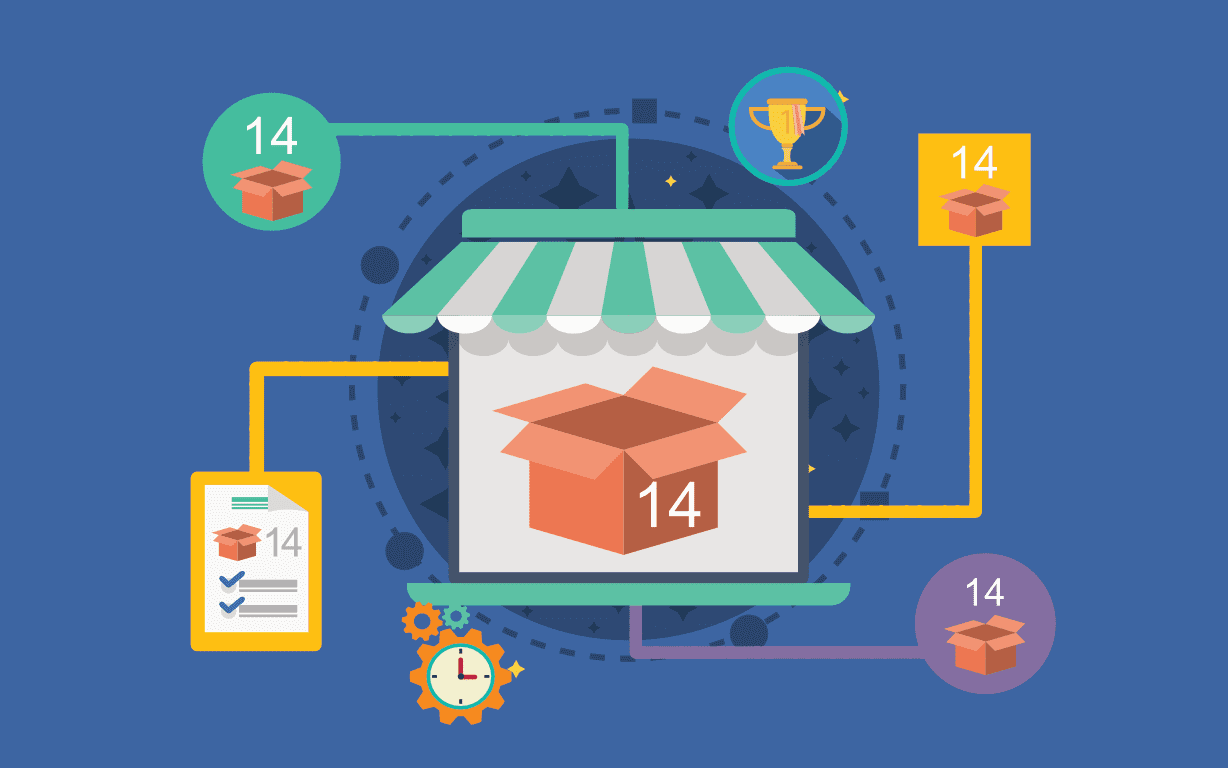
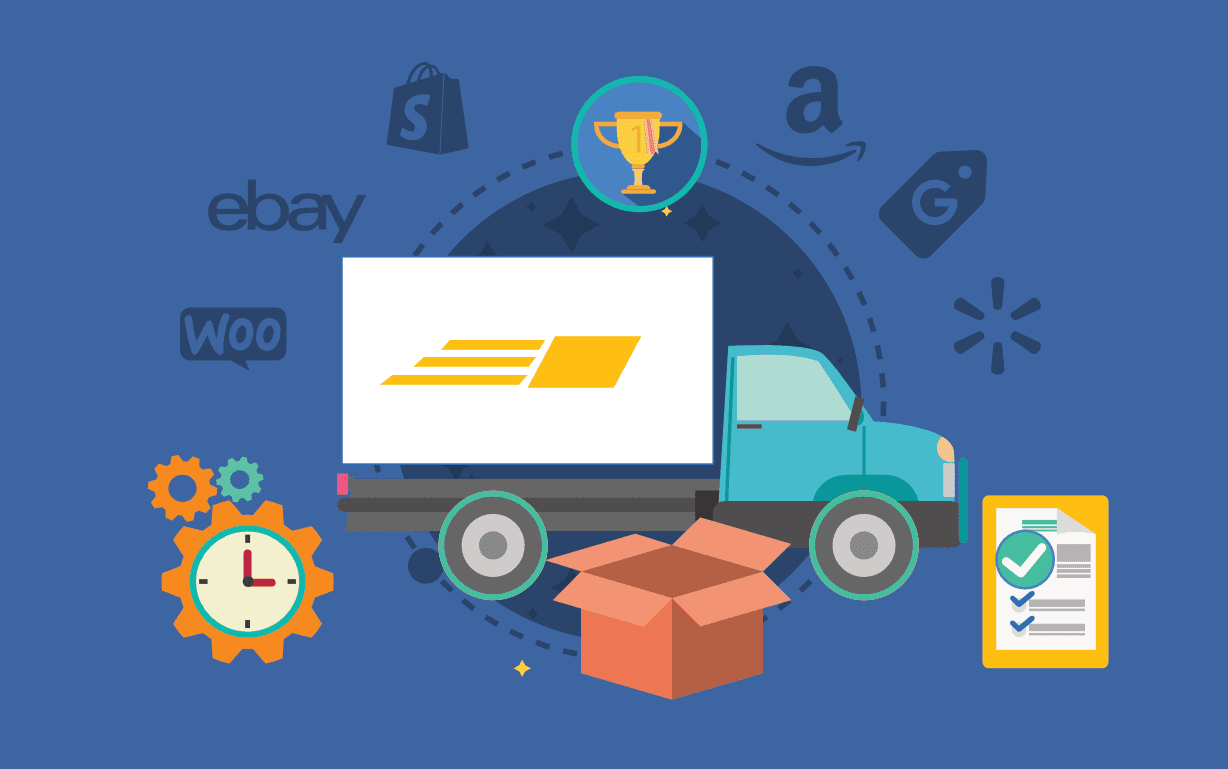
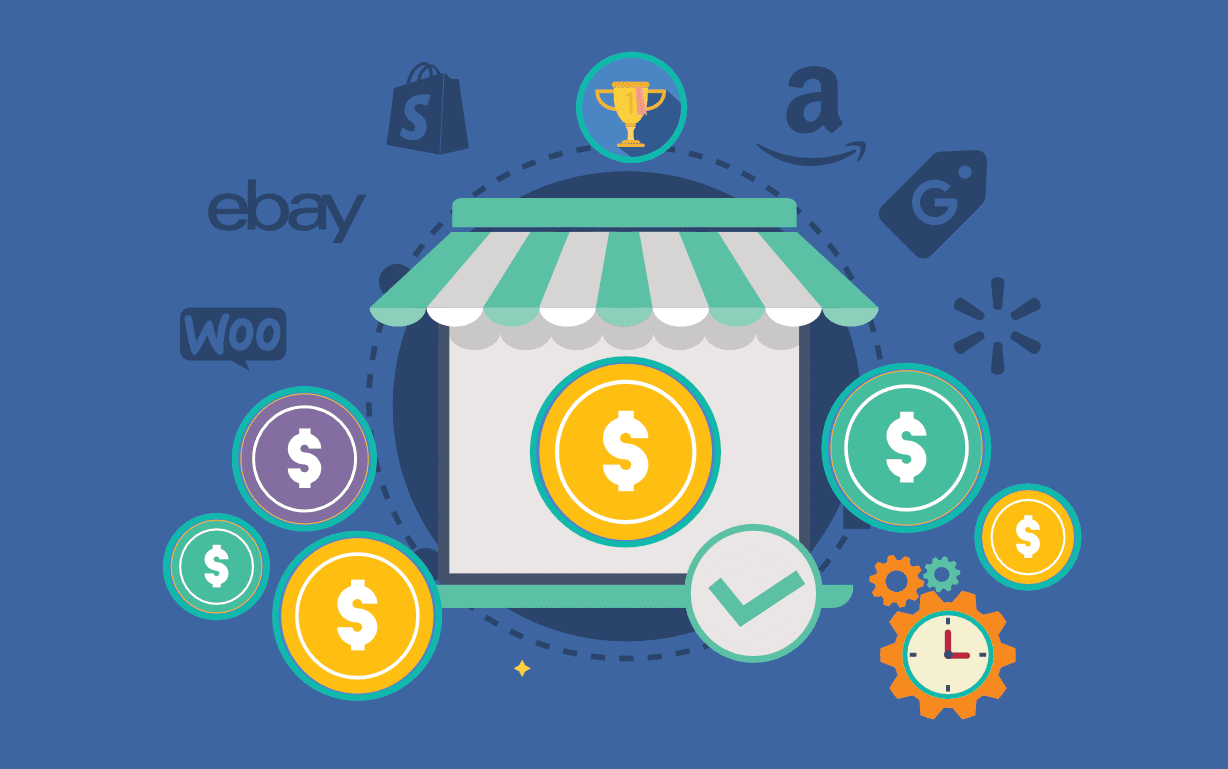
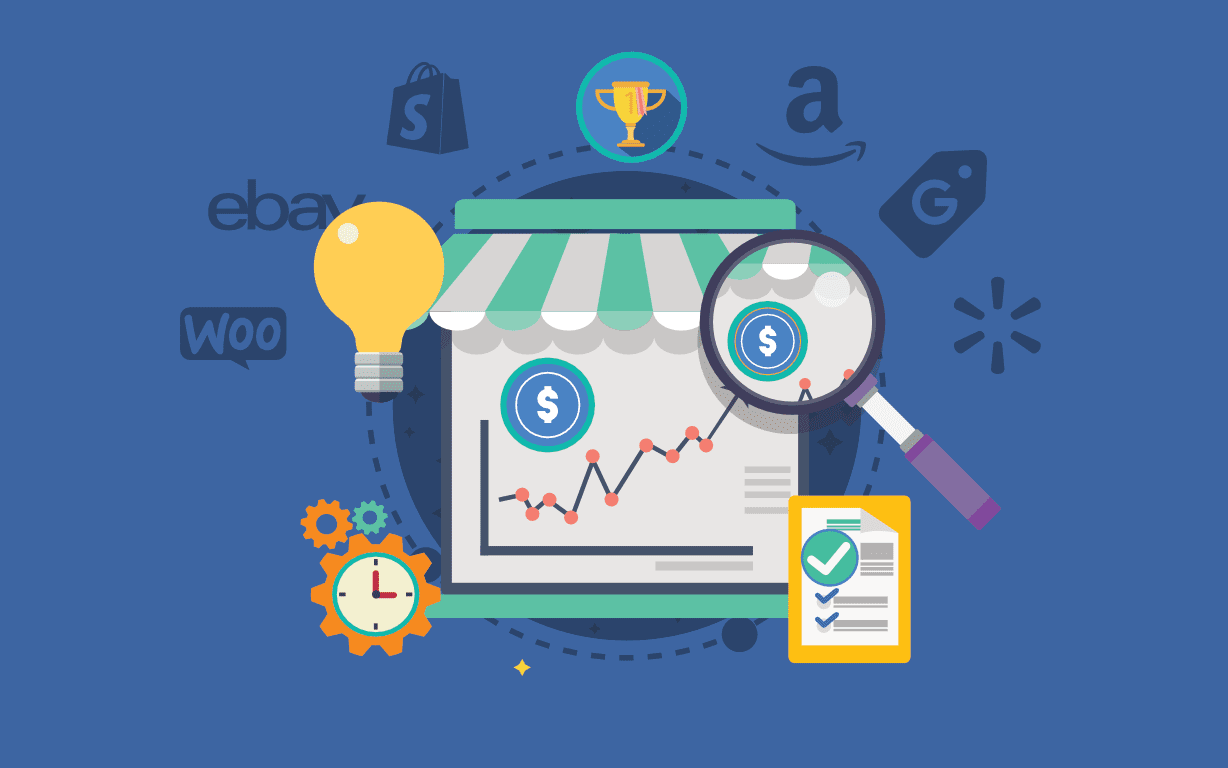
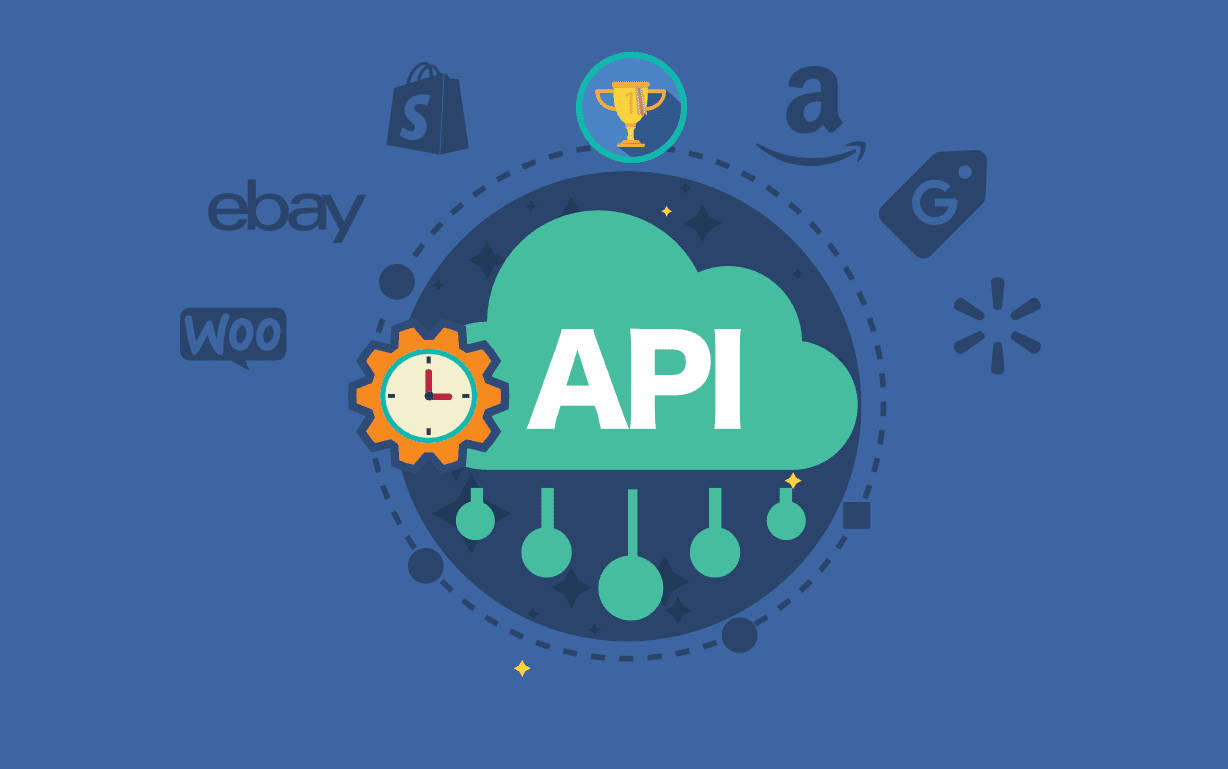

![Best Rated E-Commerce Automation Platforms and Tools [Updated]](https://sellerchamp.com/wp-content/uploads/2025/06/image4-1-600x315.png)






